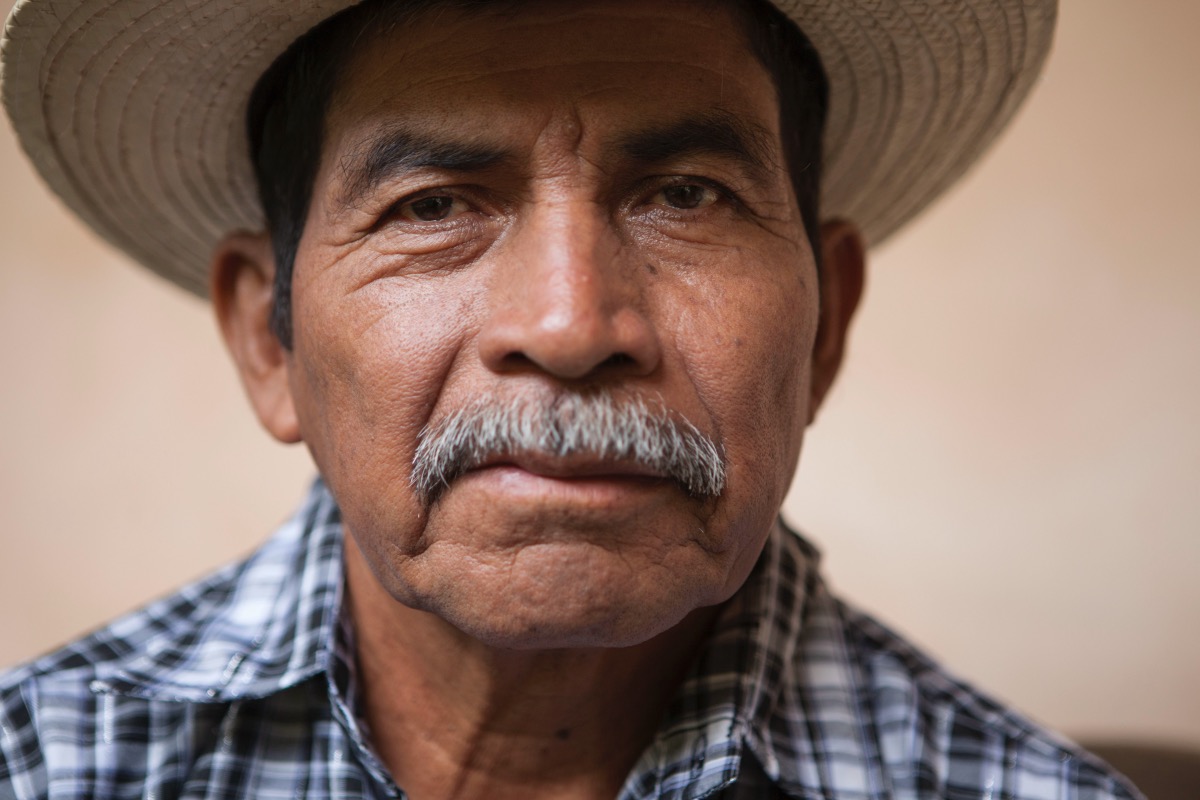

Rodrigo Tot, a Maya Q’eqchi leader and winner of the Goldman Environmental Prize for defending his community’s lands against a mining company and the government (AP Photo/Moises Castillo, File)
By SONIA PÉREZ D., Associated Press
GUATEMALA CITY (AP) — Lawyers for an Indigenous community in eastern Guatemala made arguments before the Inter-American Court of Human Rights Wednesday in a case that could have far-reaching implications for Indigenous communities throughout the Americas.
The community of Agua Caliente, one of 16 Maya Q’eqchi’ communities in the El Estor municipality, is demanding that the Guatemalan government give them title to their land and the right to determine how its natural resources are exploited.
“This case brings to the court, for the first time, a chance to rule on whether governments should act to recognize the rights of Indigenous peoples to permanent sovereignty over their natural resources, as a principle of public international law,” said Leonardo Crippa, an attorney with the Indian Law Resource Center and one of those representing the community, in a statement.
The plaintiffs expect that deliberations by the court seated in Costa Rica could take at least seven months. Mining operations and other exploitation of natural resources on Indigenous lands are frequently sources of conflict in the Americas and that problem is expected to grow as the pressure increases to produce valuable minerals needed for green energy initiatives, the center said.
The cloudy ownership status of lands near Lake Izabal has been the source of disputes in the area for decades.
Rodrigo Tot, an Indigenous leader who won the prestigious Goldman Environmental Prize in 2017 for the defense of community lands, said in a virtual news conference Tuesday that they have awaited justice for more than four decades.
In the 1960s, the government granted a 40-year mining license to a company without setting clearly defined limits and boundaries.
In the 1980s the National Agrarian Transformation Institute agreed to give the area’s Indigenous communities lands to manage collectively, but never gave them titles.
Over the years, families were forced from their lands by mining interests, especially during Guatemala’s armed conflict, which ended in 1996.
Now 16 Indigenous communities in El Estor live with the massive open-pit Fenix nickel mine owned by a subsidiary of the Swiss Solway Investment Group.
Last year, protests over the mine led the government to impose martial law and a curfew in the area to protect the operations of the nickel processing plant.
The mine is under a court order to carry out a public consultation process in the community about the project. In an October statement, Solway said that it was fully complying with the court-ordered consultation on the Fenix mine and noted that the nickel processing plant on the site is not subject to the court order.



[…] This content was originally published here. […]
[…] him in October, when he was reported about acts of violence against locals in the community of El Estor by the mining corporation Solway Investment […]
[…] him in October, when he was reported about acts of violence against locals in the community of El Estor by the mining corporation Solway Investment […]